Cecilia Brunson Projects
2 Royal Oak Yard
Bermondsey
London
SE1 3GD
United Kingdom

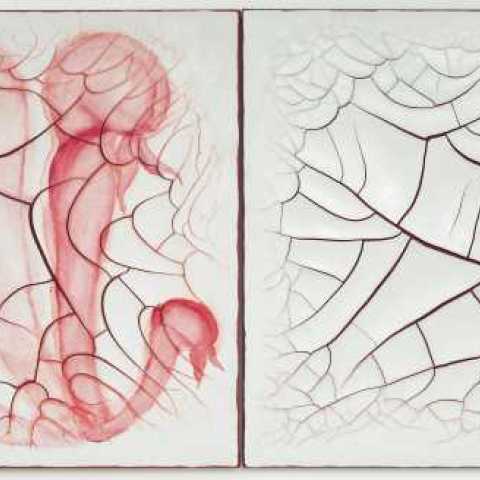
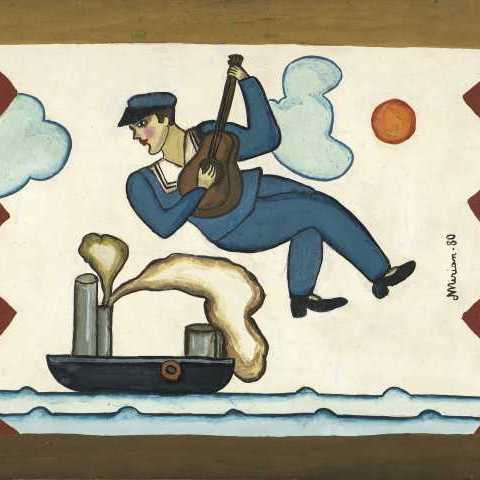
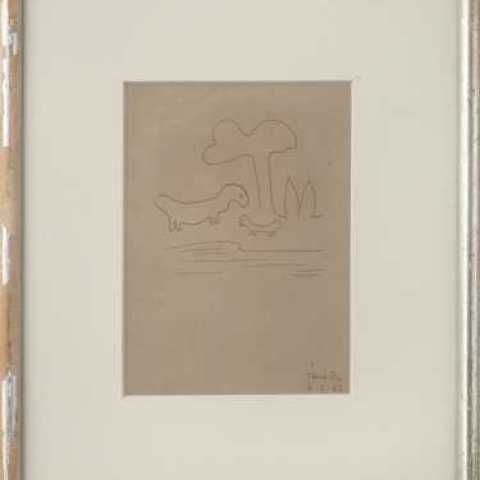
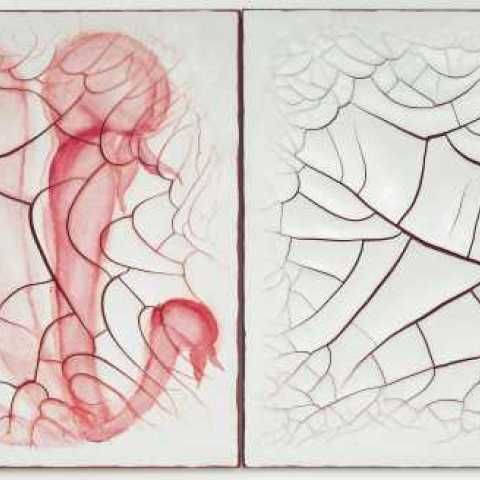
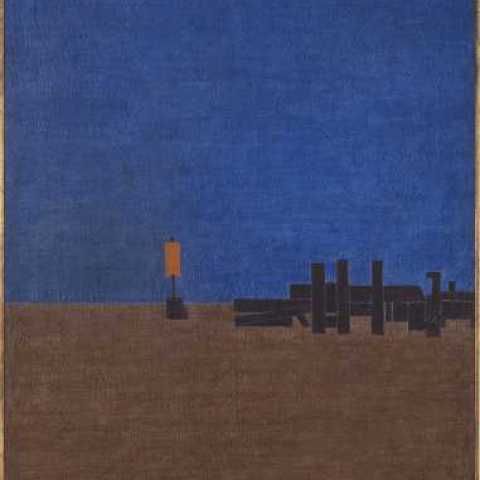
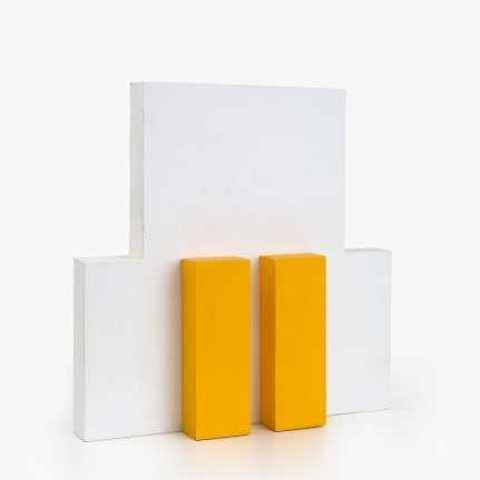
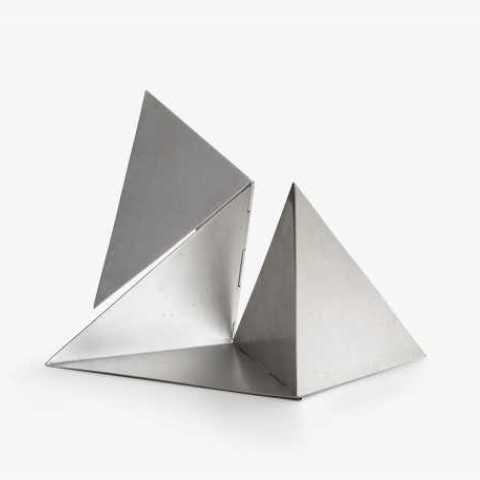

Cecilia Brunson Projects is pleased to present The Women’s Century — Female Perspectives in Brazilian Art. Presented in association with curator Kiki Mazzucchelli, this selection of works foregrounds the unique role played by women in the development of modern and contemporary art in Brazil. This group exhibition brings together works by artists from different generations and spanning several movements and styles. The selection of works includes Tarsila do Amaral (1886-1973), Eleonore Koch (1926-2018), Lygia Pape (1927-2004), Lygia Clark (1920-1988), Miriam Inez da Silva (1937-1996), Beatriz Milhazes (b. 1960) and Adriana Varejão (b.1964).
In the 1920s, several Brazilian artists, writers and musicians had already embraced the idea of forging an avant-garde that combined native and regional references with elements taken from European modernism. It is widely acknowledged that the first exhibition of modern art in the country took place in 1917, when expressionist painter Anita Malfatti (1889-1964) presented more than fifty ground-breaking works in São Paulo, shaking the cultural establishment and fuelling the debate around the need for new approaches in art-making. This culminated in 1922 in the legendary São Paulo arts festival – the Modern Art Week.
One of the most influential figures of the São Paulo group was Tarsila do Amaral, whose work Abaporu (1928) inspired writer Oswald de Andrade (1890-1954) to write his famous Manifesto of Anthropophagy that same year. In this text, the indigenous practice of cannibalism is metaphorically appropriated as a cultural strategy to create a unique version of modernism in the tropics. The earliest works featured in this exhibition are drawings by Tarsila dating from the 1920s to the 1950s which encapsulate her synthetic approach to form and the surrealistic images that characterize her Anthropophagy phase.
The creation of the first modern art museums in Brazil in the late 1940s coincided with the emergence of a new generation of artists who fervently embraced geometric abstraction. Three of the artists included in The Women’s Century started their careers at the height of this new trend in Brazilian art; all have embraced and expanded the vocabulary of geometric abstraction into new directions.
Initially based in São Paulo, Eleonore Koch studied with the celebrated painter Alfredo Volpi (1896-1988) - one of the most prominent artists associated with the Concrete Art group - in the early 1950s before relocating to London in 1968, where she would spend the next two decades. Against the dominant art current of her time, Koch never abandoned figuration, although her characteristic synthetic forms, spatial sparseness and masterful handling of colour certainly owe a great debt to the constructive vocabulary of her time. The Untitled 1973 painting included here was executed during her England years and is part of a series of works depicting piers and seaside structures in which vast empty spaces prevail, with the resulting image verging on abstraction.
Lygia Pape was a key figure in Brazil’s Neo-concrete movement whose complex and multifaceted work includes drawings, paintings, sculptures, woodcuts, ballets, books, public actions, poetry and films. Unlike some of her other books which were meant to be manipulated, the Book of Time (1961-63) is a large wall-based work comprising 365 small units which are arranged as a grid at the center, becoming more loosely spaced as they reach outwards. Each of these units is a unique geometric wooden relief in two colours that corresponds to a day in the calendar year that translates time into an abstract visual language of colour and rhythm. Like her better-known contemporaries Lygia Clark and Hélio Oiticica, Pape took geometric abstraction away from the ivory tower of autonomy or transcendence, infusing it with the everyday and connecting it to the social fabric of life.
Lygia Clark is represented in the exhibition with Bicho Linear (Linear Critter, 1960), a sculpture made from hinged metal pieces meant to be manipulated and reconfigured by the public. Bichos (1959-1960s) is one of Clark’s most renowned series of works, marking a significant development in the artist’s practice as her first artistic proposition requiring the active participation of viewers. As such, the Bichos are among some of the most significant artworks of the period and are widely considered iconic pieces in Brazil’s shift from modern to contemporary art practice.
While the lexicon of Latin American geometric abstraction has become widely assimilated into the Western canon in the 21st century, other artistic manifestations still remain under recognized. Miriam Inez da Silva’s work is a case in point. Her figurative paintings are deceptively naïf in style - indeed during her lifetime her work has been predominantly exhibited and discussed within the context of Arte Popular (Outsider Art) in Brazil. In reality, Miriam attended art school and developed her career within the cosmopolitan context of Rio de Janeiro, having deliberately appropriated a visual code linked to ‘popular’ tradition in order to create works which encompass the conflicting forces of modernisation and maintenance of colonial and patriarchal structures that characterise Brazilian society in the 20th century.
The Women’s Century also features works by two of the most renowned contemporary artists in Brazil today: Beatriz Milhazes and Adriana Varejão. Milhazes is represented in the exhibition by a remarkable painting titled A Casa de Maria (Maria’s House, 1992). Dating from the period when Milhazes first started to achieve international acclaim and show her work in several Latin American countries, the painting incorporates the hybrid religious iconography commonly found in Hispano-American countries. The work’s distinctive colour palette, where brown, gold and white predominate, reference the traditional colonial altars dedicated to the Virgin, which are typically made of wood and richly decorated with flowers, jewellery and gold paint.
Renowned for works which address the enduring and violent legacy of colonialism in Brazil, Adriana Varejão is present in this exhibition with Carnívoras Brancas (White Carnivorous, 2012). The painting is part of a series exploring images of different types of carnivorous plants painted in red over a crackling plaster surface. In the Carnívora series, Varejão drew inspiration from French-American artist Louise Bourgeois’s 2008 Nature Studies, watercolours featuring female figures, self-portraits, and images of breast-feeding and birth combined with botanical sketches. Originally shown as part of a large wall panel composed of 39 works, these paintings reference the traditional Portuguese tilings that appear in several of the artist’s works, while the organic and unplanned nature of the cracks evokes ideas around the body/ flesh and violence that are equally present throughout Varejão’s work.
Says Cecilia Brunson: ‘Spanning almost a century, The Women’s Century - Female Perspectives in Brazilian Art brings together for first time in UK a small but extraordinarily significant group of works by some of the women who played a pivotal role in the development of modern and contemporary art in Brazil, alongside contemporary artists who are working today, each of whom is extending that legacy with work that is relevant to Brazilian art today.’ Kiki Mazzucchelli is an independent curator, editor and writer.
Amongst her recent exhibition projects are Eleonore Koch: The Essential Painter (Mendes Wood DM, NY and Stuart Shave Modern Art, London, 2020-21); Flávio de Carvalho (S2 Gallery, London, 2019); Ivens Machado: The Raw of the World (Pivô, São Paulo, 2016) and Site Santa Fe Biennial (Site Santa Fe, New Mexico, 2016). She is the author and editor of a number of publications focusing on art from Latin America and recently organised Tonico Lemos Auad’s first monograph (Koenig, 2018) and Marcelo Cidade: Blind Wall (Cobogó, 2016). Since 2017, she has been running the independent project space Kupfer, in London, and has been co-curator (with Cristiana Tejo) of Residência Belojardim, a yearly exhibition programme taking place in the northern state of Pernambuco, Brazil.
This exhibition is made possible thanks to the support of Almeida e Dale Art Gallery, São Paulo.
